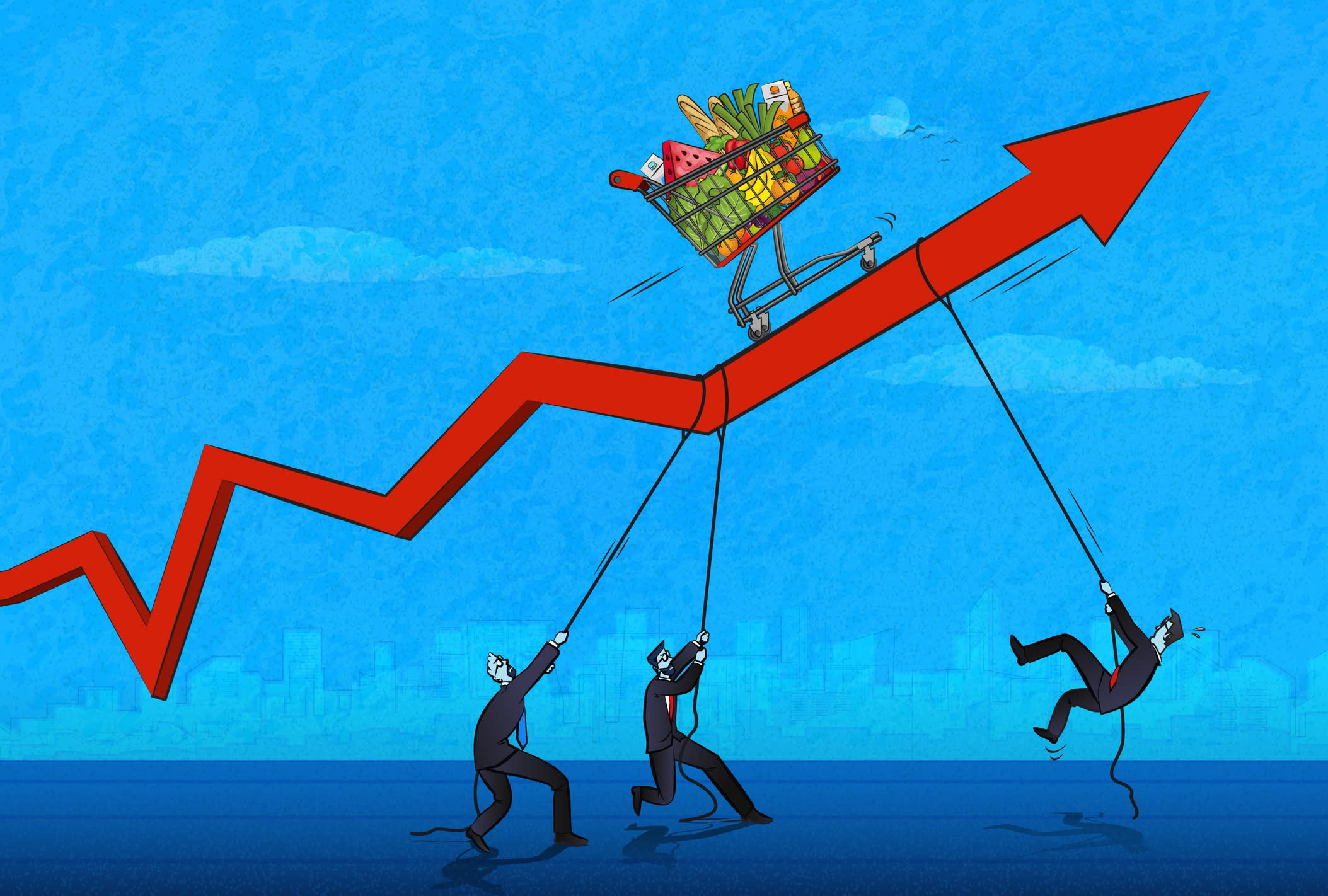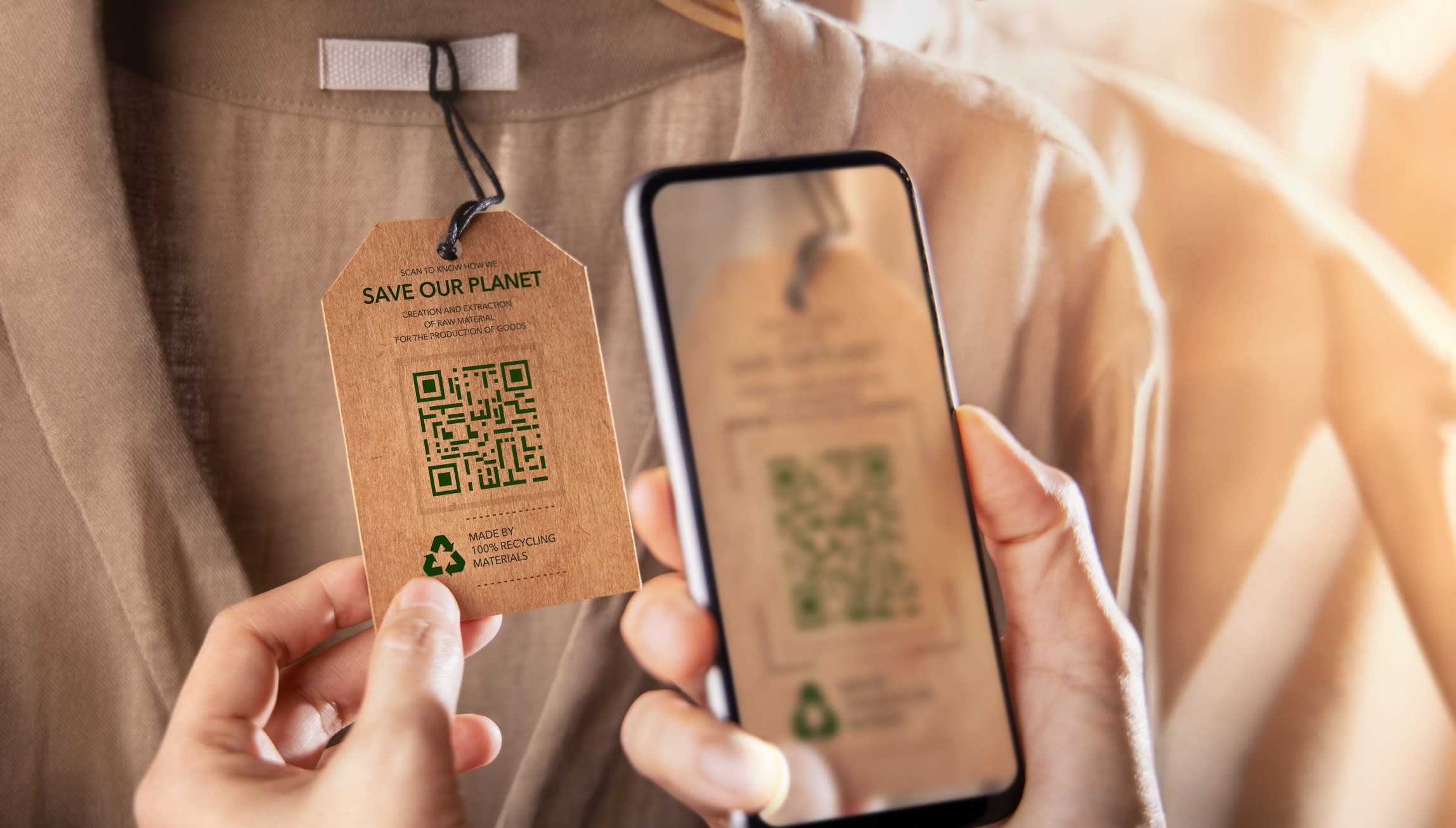Following last week's 2023-24 federal budget, and the latest interest rate hike, the cost of living remains top-of-mind for many Australians - as well as many retailers.
-
Eloise Zoppos
Principal Research Consultant, Department of Marketing, Monash Business School
-
Paolo De Leon
Research Consultant, Department of Marketing, Monash Business School
Recent data from the Australian Bureau of Statistics (ABS) shows retail sales volumes fell 0.6% in March 2023, on top of a 0.3% fall in December 2022. In fact, the ABS head of retail statistics said this was the largest fall in retail sales volumes since the September quarter in 2009.
Retail volumes fell 0.6% in the March quarter. That was the largest non-pandemic decline since the September quarter 2009.
It also marks the second consecutive quarterly decline in volumes. The decline over that period has been concentrated in household goods #ausbiz pic.twitter.com/i38tvbJmw6
- Callam Pickering (@CallamPickering) 9 May, 2023
But how are Australians changing their spending? And, more broadly, how are Australians changing their retail habits?
Monash University's Australian Consumer and Retail Studies research team conducted a pulse survey in April 2023 to gauge Australian consumers' cost-of-living sentiment, and how their purchasing habits have changed since the corresponding time last year. It found that Australians are changing more than just how much they spend.
Some categories hit harder than others
Australians are noticing cost-of-living increases across a range of product categories, with some being more pronounced than others.
When asked about the cost of groceries and grocery-related products, the majority of Australians (67%) felt that these products cost more than they did at the corresponding time last year.
This was also the case for apparel, with more than half (55%) of Australians indicating that clothing, footwear and accessories seemed to cost more than they did last year.

According to ABS data, a pullback on discretionary goods in this category resulted in a drop in spend of -0.2% and -1.0% across department stores and fashion retailers, respectively.
A similar trend was also evident with household goods, where more than half of Australians (57%) felt that these products cost more than they did last year, with the ABS reporting household goods spending also dropped by -0.4%.
Outside of traditional retail, travel and tourism was another key category that many Australians (63%) felt cost more than at the corresponding time last year.
As the cost of living increases, so does spending …
Compared with last year, some Australian shoppers report they're spending more across these product categories. For example, half of Australian shoppers (49%) reported their spend on groceries had increased from the corresponding time last year, with only 16% reporting that their spend was less.
Interestingly, when it comes to apparel, Australian shoppers are evenly split on whether their spend on products in this category - such as clothing, footwear and accessories - is more or less than last year, with 27% reporting their spend is more, and 29% reporting their spend is less.
… but so, too, does conscious shopping
We also asked consumers what else had changed in their retail habits compared to the corresponding time last year, and unsurprisingly, many Aussies seem to be more price-driven than ever before.
Almost half of Australians we surveyed (47%) reported that they shop for lower-priced brands more now than they did last year, indicating that many Aussies are revisiting their usual spending habits.
But some are trying other methods to stop their spending altogether, with 50% saying they hold off or defer purchase until sales or special deals more now than they did last year, and 43% even saying they hold off or defer purchases indefinitely more than in May 2022.

In better news, Australian shoppers are continuing to become more conscious of what they're buying, with 35% shopping for products that are locally produced more than they did last year, and 30% shopping more for environmentally-friendly products.
While it's certainly a trying time for consumers, this shift in behaviour regarding sustainability and conscious shopping is at least a ray of light - and one that we hope continues to shine.
Note about the research: ACRS' ShopperSAT program continuously investigates shoppers' retail experience throughout the year. The data featured in this article was collected from n=471 randomly-selected Australian shoppers who visited various centres around the country, and answered additional questions during April 2023. Percentages are based on Australian shoppers who have made purchases in relevant categories (for example, grocery-related products) and engaged in select behaviours (such as shopping for lower-priced brands).






